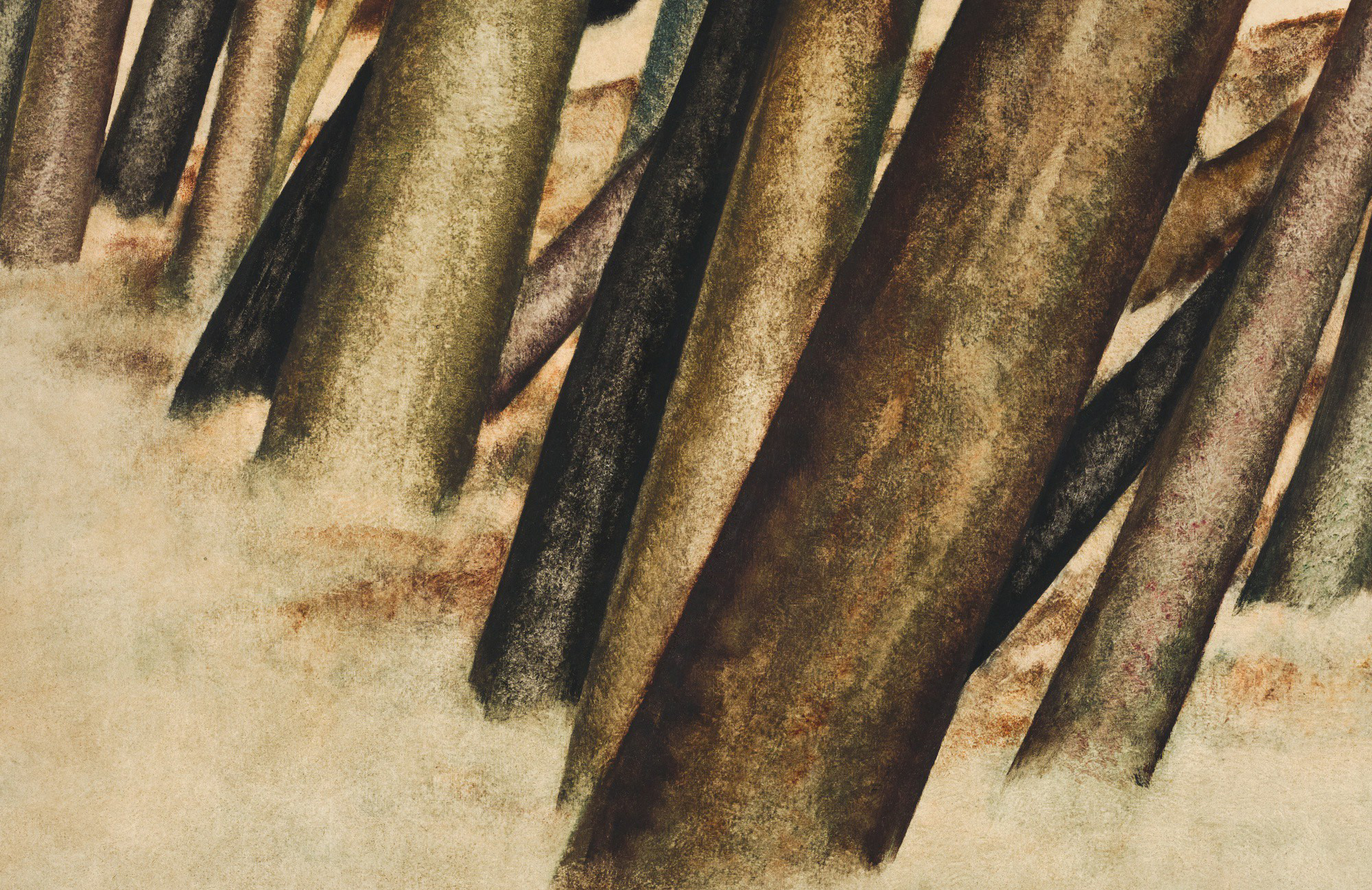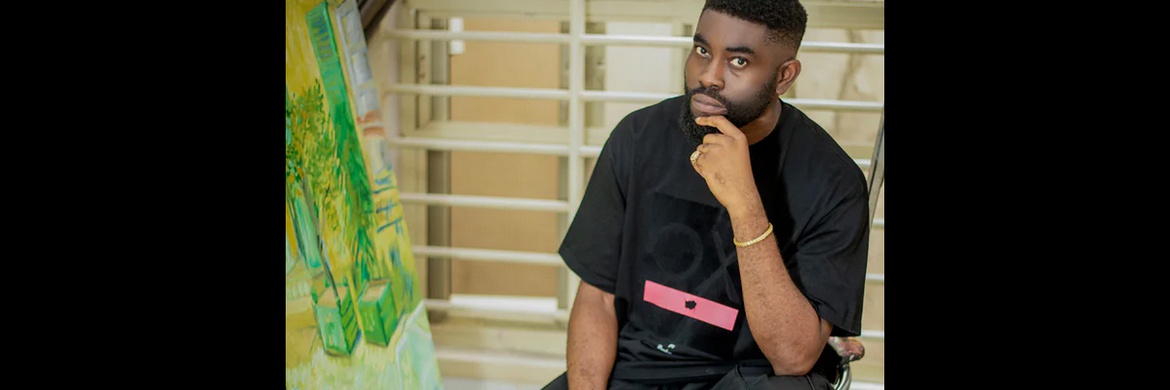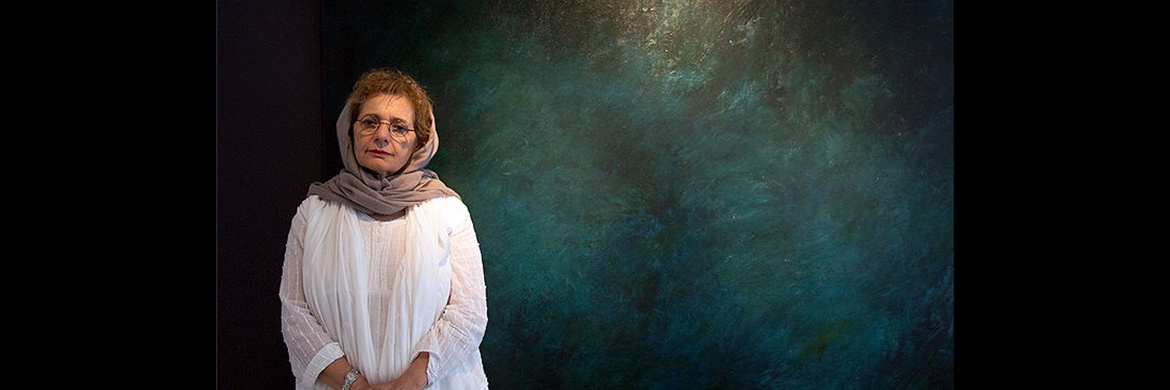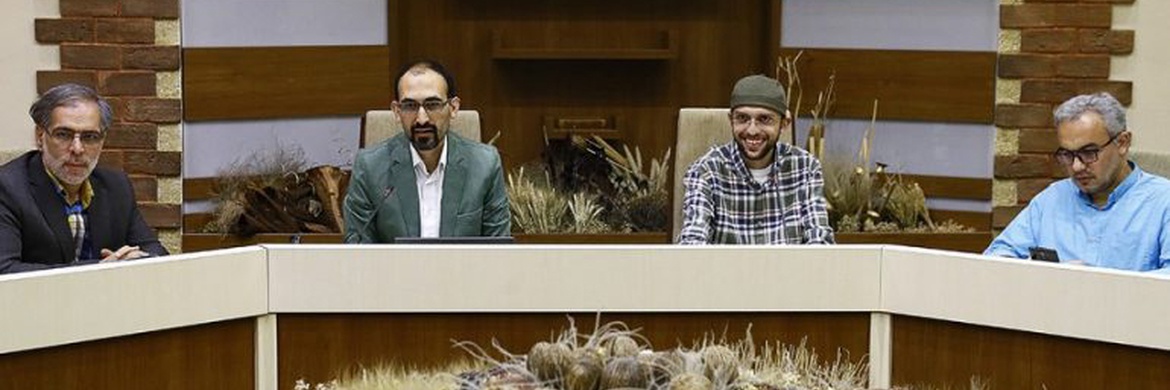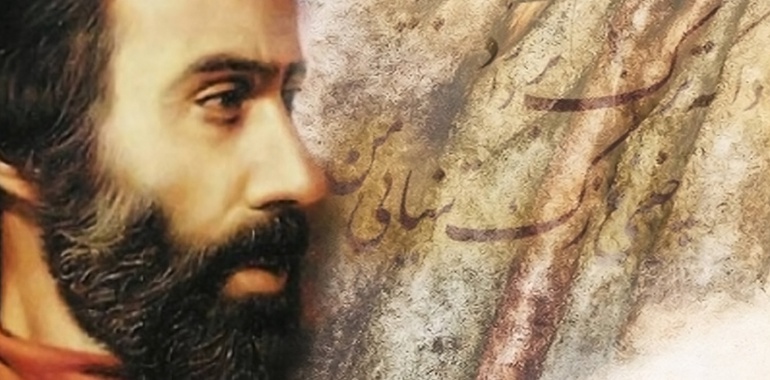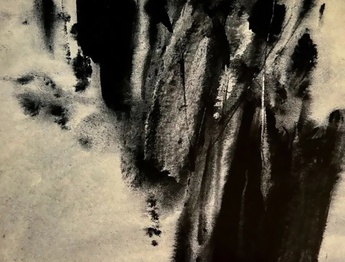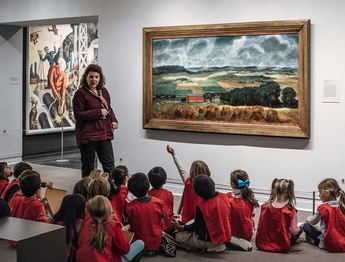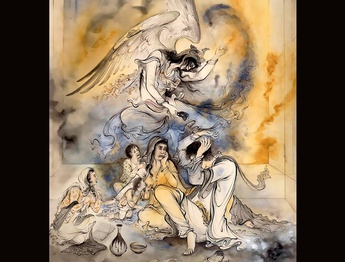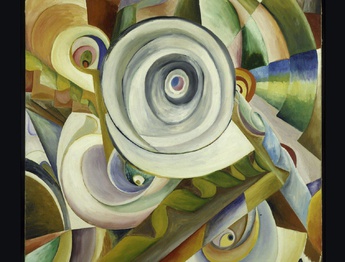Sepehri is truly a painter with a different perspective among his contemporaries, and his egregious distinction can be found in the angle of his view of the tree; To study such a topic, you can go to Pasargad Museum in Bagh Nagaristan and see 10 paintings of Sohrab on the upper floor.
The treasure of the Pasargad Bank Museum has one of the largest collections of Sohrab Sepehri, which includes prominent examples of the various series of this great artist, and a part of these works is always on the exhibition wall for public viewing.
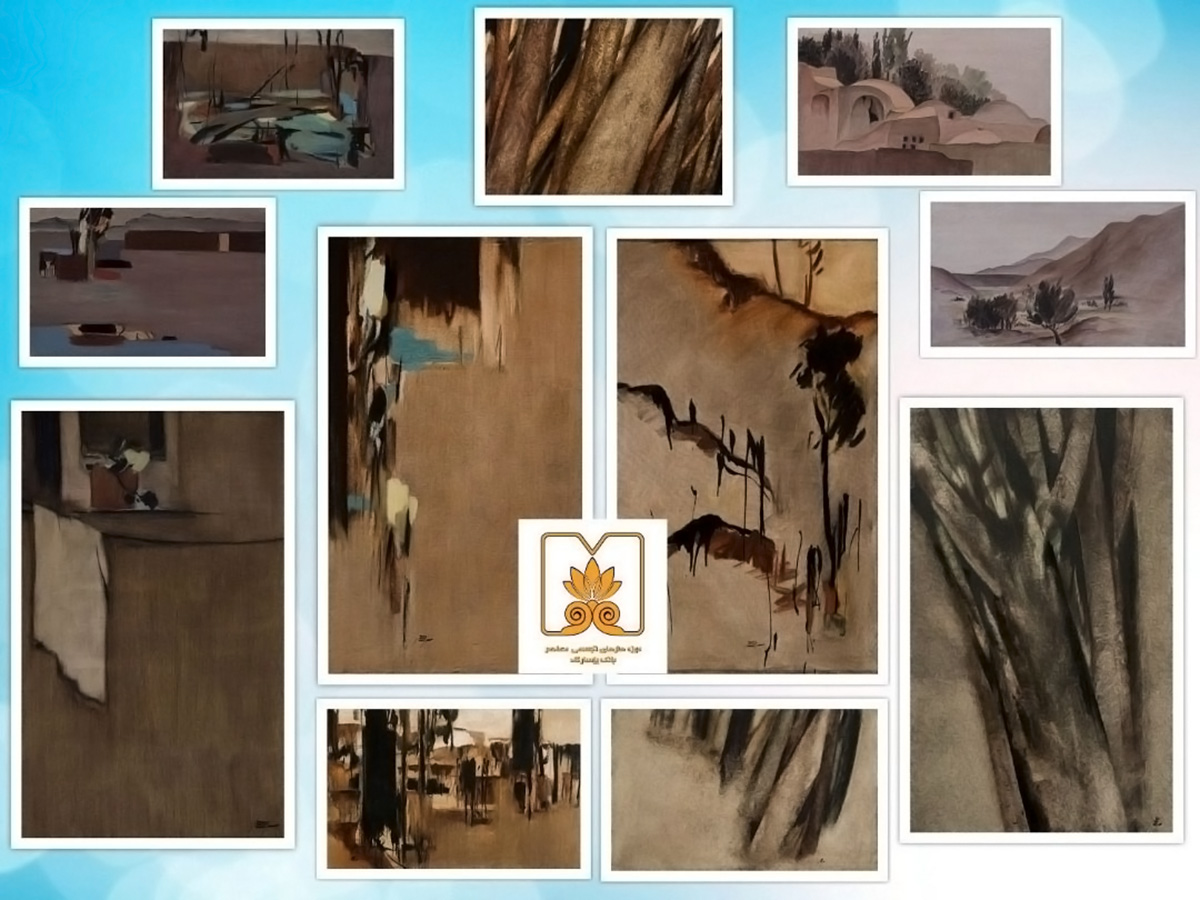
Sohrab's paintings, as seen in these 10 works, are the interpretation of his thoughtful and aesthetic view of life and the surrounding environment, which he expresses their need in his poems; a type of minimalism that originates from mysticism and summary and pure seeing and points the audience to the originality of existence.
The secret that Sohrab, like other modernist artists of his generation, did not go to the West and chose to travel to the East and immersed himself in the sea of Zen during his trip to Japan, is his mystical spirit, which is evident in the words of his poems; Until those days, Kamal al-Mulki's view of nature painting was flourishing, but Sohrab, with exemplary courage, chose only the trunk of the tree and considered it from many angles.
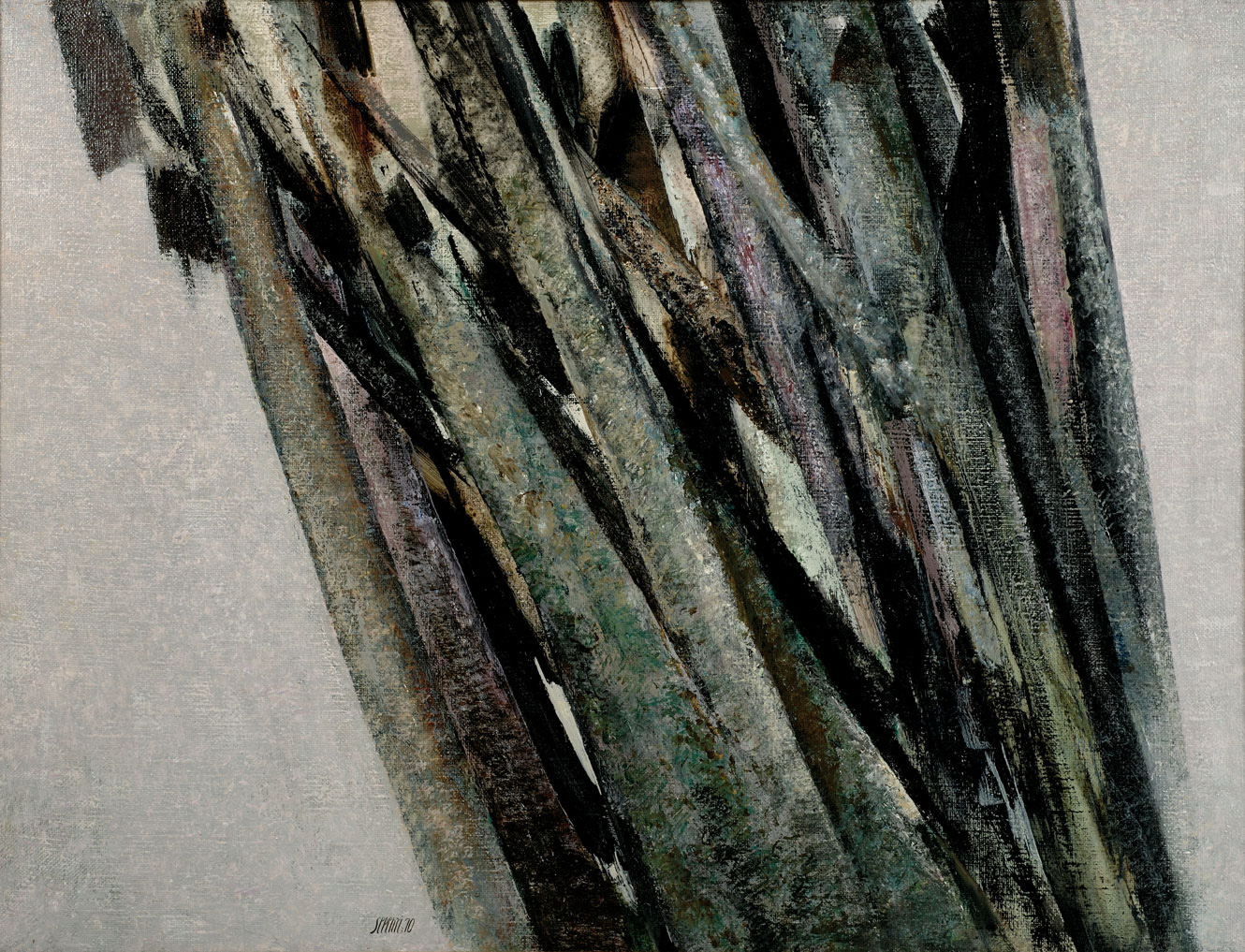
This idea expanded Sohrab's vision and actions in watching other environments around him and reached a narrative and visual style that every audience now recognizes when they see his works.
From these summaries in the painting, Sohrab points to the necessity of removing Zaoued from life, because as if seeing the original gives a person peace to understand the essence of life; Sohrab's worldview causes his trees to have a fundamental visual and thought difference from his other colleagues. Even his works with the theme of still life are limited to a few colorful pieces like a few magnificent melodious stanzas.
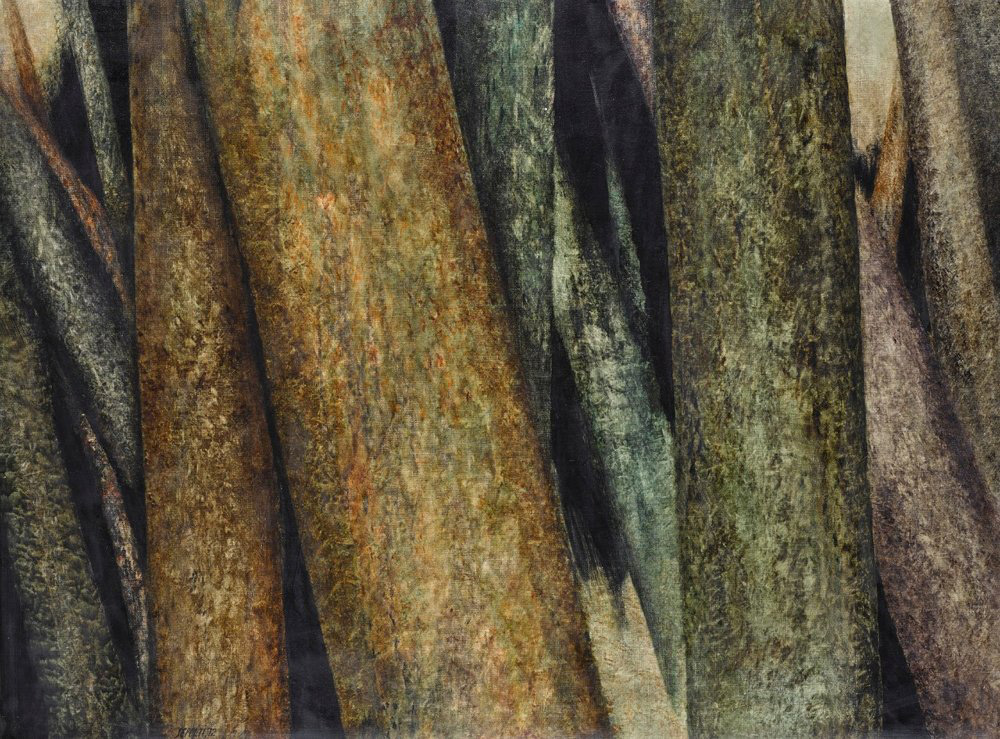
Pasargad Bank Museum of Contemporary Visual Arts, which has obtained an official license from the Ministry of Cultural Heritage, Tourism and Handicrafts, these days in the garden complex of Nagaristan Museum, affiliated to Tehran University, hosts art lovers, especially students, professors and researchers who intend to watch, examine and research prominent examples of modern and contemporary Iranian art.
